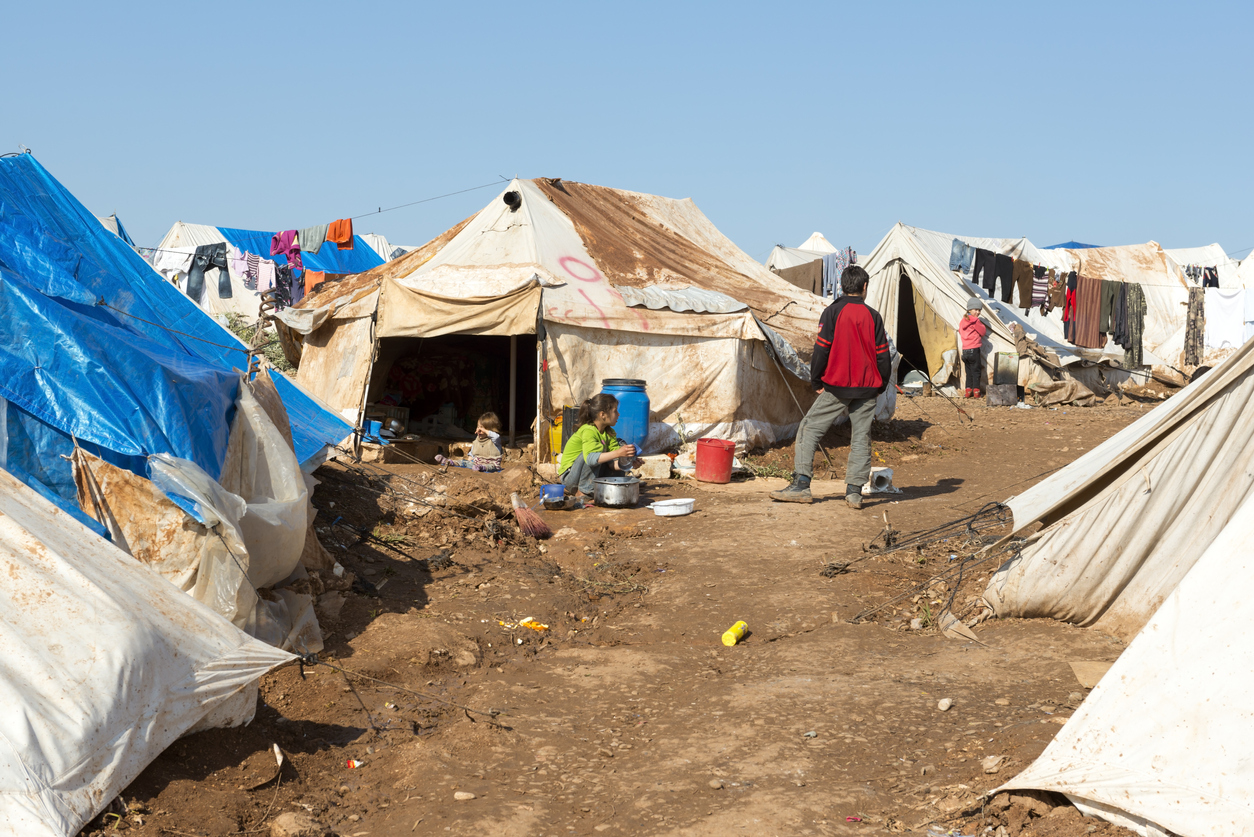
Lack of virus testing stokes fears in refugee camps across world

As around 2.5 million confirmed cases of COVID-19 have been reported across the world, refugees in different countries are at a serious risk. Almost none of the 70 million people who had been driven from their homes by war and unrest and the 10 million in refugee camps and informal settlements have been tested for the coronavirus.
While the relative isolation of many camps may have slowed the virus spread, none is hermetically sealed. Without testing, as the world has seen repeatedly, the virus can spread unchecked until people start showing symptoms. This could have catastrophic results among refugees as they lack intensive care beds, ventilators or even masks.
Testing is in short supply even in New York and Norway, but it is nonexistent in most of the countries in the (global) south for the people we try to help, said Jan Egeland, the head of the Norwegian Refugee Council. His group recently conducted a review of all 30 countries where it operates and found virtually no testing before people became sick.
Related News: India co-sponsors resolution calling for equitable access to COVID-19 vaccines
In Syria’s war-ravaged Idlib province, only one small health facility is equipped to receive suspected coronavirus cases. In the world’s largest refugee camp, in Bangladesh, aid workers are racing to build isolation facilities. In two sprawling camps in Kenya, Somalis who survived decades of famine and war fear the worst is yet to come.
If it is killing people daily in America, then what do you think will happen to us? asked Mariam Abdi, a vegetable vendor in Kenya’s Dadaab camp, where 217,000 people live in endless rows of tents.
We will all perish. Western countries, which by then may have contained their outbreaks, will have to reckon with the fact that if the virus finds refuge among the worlds most vulnerable, it could return anytime.
Some refugee camps have been around so long they have apartment blocks and paved roads. Others are little more than clusters of tents or abandoned buildings. In many, cramped conditions and poor infrastructure can make it impossible to practice social distancing and frequent hand-washing.
Related News: Rush to ease lockdown rules could lead to resurgence: WHO
There are no official figures for the number of refugees who live in camps, but Egeland estimates they make up 10% to 15% of all refugees and displaced people, a population the U.N. estimates at over 70 million.
Refugees have already tested positive in Italy, Germany, Iran, Australia and Greece, where authorities said Tuesday that 150 people living in a quarantined hotel for asylum-seekers had contracted the coronavirus, and none displayed symptoms of COVID-19.
Most people who become infected experience mild to moderate symptoms. But the virus can cause severe illness and lead to death, particularly among older people and those with underlying health problems. It is highly contagious and can be spread by those who appear healthy.


